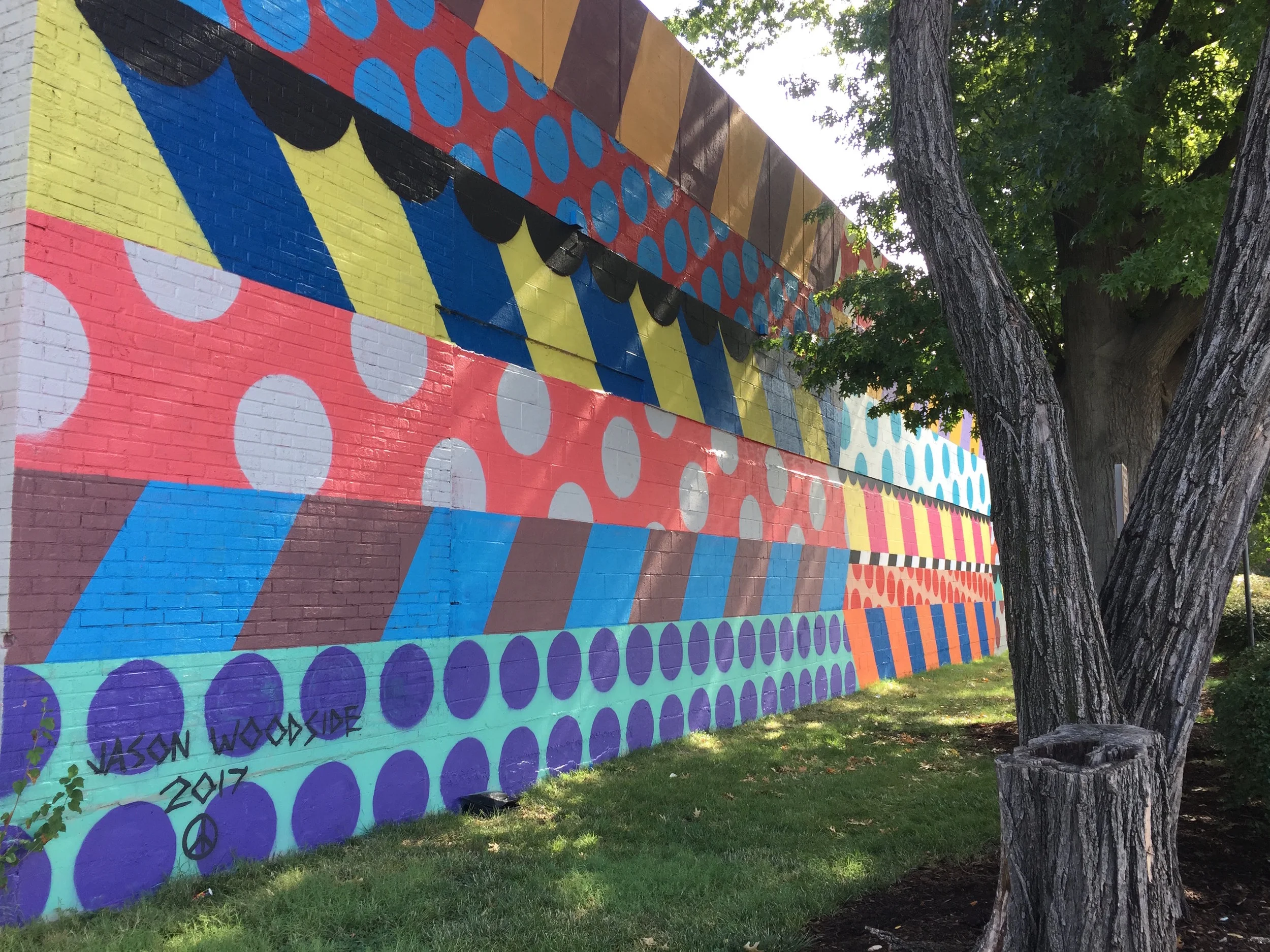What does it look like to ask for project feedback – before you even start?
As VP of Development and Impact at vizzuality, I help connect-the-dots between our environmental and social impact clients and our project teams who design and develop engaging digital tools that tell stories through data. One of these dots – in fact, the one I care about the most – is making sure that what we build for our clients is not just what our clients want, but something that our clients’ intended audiences will actually use and enjoy.
When I think about feedback, my mind often goes to something like an ‘after action review’ – what did we do, what worked or didn’t, and what did we learn? But in order to design and develop something that actually resonates with the right community in the right way, we must be willing to collect and act on feedback from our users, stakeholders and partners from the very beginning. Sounds easy enough, but the reality is that asking for feedback can often be scary or even paralyzing – especially in the beginning of a project when pieces of our work can feel nebulous, unstable, or high-stakes, and we want to get things just right.
With this in mind, here are my three easy tips for incorporating feedback into your project design and development from the very beginning:
Know who you’re designing for (hint: it’s almost always not you)
One of my favorite adages from my time at IDEO was ‘Don’t jump to ideas.’ For a firm with a well-known reputation for creative idea generation, IDEO actually has a particularly strong commitment to not jumping straight into ideas, but rather starting first with inquiry, inspiration, observation, and asking questions of the people they intend to reach through their designs.
There are lots of methods for outlining who your users are (the good old pen and paper works quite well), but in essence, it’s important to pause and have an actual conversation with your project teammates about who you are trying to reach and why. Ideally this happens before you have a solution in mind for whatever problem you’re trying to fix; otherwise you’re most likely jumping to ideas and putting the cart before the horse.
Step away from your computer and talk to a human being
How do we make asking for feedback less scary? My best advice is to recognize – and then actively practice embracing – the idea that there is simply no way we can know absolutely everything. In fact, if we knew everything already, we would have already solved whatever problem we’re trying to tackle – making none of our work necessary in the first place!
So, forget the idea that you can know it all, and instead commit to start asking questions. Begin by talking with one or two people (or five or ten) to learn about their world and gather insights to inform what you design. There are a lot of great resources out there with sample formats for interviewing users (some of my favorites come from DesignKit, a how-to guidebook from IDEO.org) but truthfully, it’s not rocket science. It can be as simple as a cup of coffee and a few questions.
Feeling adventurous? Once you’re ready to level-up beyond conversations and interviews, give observations a try. It turns out that we humans are hard-wired to create shortcuts in our minds and to abbreviate the steps we take to perform tasks. A time saver for us, yes. But this means we’re really actually pretty terrible at explaining what we do and why we do it. So, to account for this, we can use observations to get at the heart of how our users perform activities, behaviors, processes and tasks in a way that’s unobtrusive, inconspicuous and often quite revelatory.
Stay in touch
Want to know one secret to building something that people will actually use? Invite them into your design process early and often. In my experience, a user will be more likely to adopt a solution – technical or otherwise – if she can see herself in the design and execution of that solution. If I have a hand in determining a feature, or refining a user experience, for example, I’m not only going to feel proud of my contribution, I’m also going to be more likely to use and recommend the solution to others.
It’s true that by staying in touch and creating regular moments for collaboration with our users, we open ourselves and our work up to a slightly messier process – one where more voices and more needs must be managed. But the trade-off – the thing that makes all that messiness worth it – is that by inviting in the feedback of others early and often, we have more teammates to lean on, more champions to share our stories, and ultimately more impact through what we’ve built.
What’s your favorite way for including feedback in your early project design and development stages?
This blog was originally published as part of Feedback Labs’ Three Things Thursday series — a terrific collection of feedback stories in all stages of work. Thank you Feedback Labs for including me!




